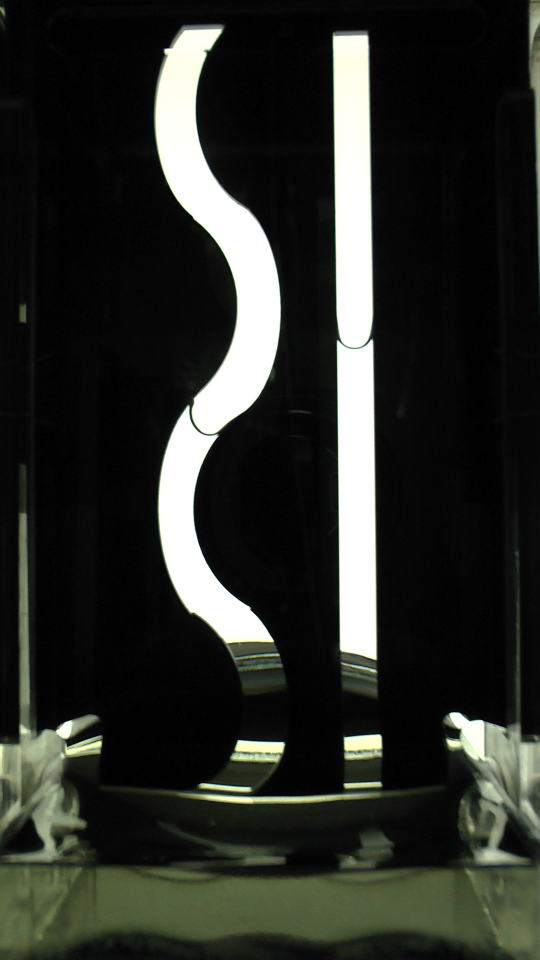Dennis P. Stocker is a scientist at the NASA Glenn Research Center who studies flames using microgravity. He reached out with news about a design challenge that sounds like a great fit for teachers looking for ways students can get into real-world science – the Capillary Effects on Liquids Exploratory Research Experiments (CELERE) Design Challenge. We asked a few more questions about the opportunity and why it’s such a great fit for young scientists. For details, including how to submit your work before the February 1st deadline, click here.
If February 1st is too soon for your class, NASA is also accepting entries for runs of the tests in March and April. And, entries have a very good chance of selection. In 2014, 100% of the designs submitted were built and tested.
What are students designing?
 Students design test cells with channels in which oil will rise when it’s placed in a microgravity environment. First, the test cell is placed in a small pool of oil in front of a video camera. Then the experiment is dropped down a tall shaft at Portland State University. A camera films the test cell as it falls for 2.1 seconds and records the behavior of the oil. While falling, the experiment experiences microgravity. Just like the Power Tower at Cedar Point or the Tower of Terror at DisneyWorld.
Students design test cells with channels in which oil will rise when it’s placed in a microgravity environment. First, the test cell is placed in a small pool of oil in front of a video camera. Then the experiment is dropped down a tall shaft at Portland State University. A camera films the test cell as it falls for 2.1 seconds and records the behavior of the oil. While falling, the experiment experiences microgravity. Just like the Power Tower at Cedar Point or the Tower of Terror at DisneyWorld.
What’s the connection to space?
This challenge is strongly related to the Capillary Flow Experiment (CFE) that the astronauts regularly conduct on the International Space Station. And the microgravity environment that is created in the drop tower is similar to that which the astronauts experience on the station. In both cases, apparent weightlessness, i.e., microgravity, is experienced because of the falling motion. Gravity at the altitude of the space station is only a little lower than at the surface of the Earth, where the astronauts float because of the falling motion of their orbit around the Earth.
 Why study capillary action in microgravity?
Why study capillary action in microgravity?
Capillary action takes place when the molecules of a liquid are more attracted to a surface than to other liquid molecules. It is through this mechanism that water can climb to the top of trees. But gravity is pulling down on Earth, so the water will only rise through very small tubes called capillaries. But in microgravity, capillary action can happen in large channels making the experiments simpler. Understanding capillary action is also important for liquid systems in spacecraft. On Earth, we know that liquids go to the bottom because of gravity, but in microgravity, where it seems like there is no up or down, the liquids will move instead because of capillary action.
Why organize this project as a design challenge?
The purpose is to have an open-ended project, in which the students can create their own experiments. There is no fixed objective and the students can determine their own goals, where this emulates curiosity-driven research. NASA regularly asks for ideas for research, e.g., to conduct in space, and this program emulates that through its challenge for students to come up with their own experiments.
Can you just tell us a little bit about you and why you’re working on this project
I work at the NASA Glenn Research Center in Cleveland, OH and work on experiments studying flames in microgravity, using both the space station and drop facilities, where I’ve worked on space shuttle experiments in the past. I’m also actively involved in NASA’s educational outreach, especially when it relates to microgravity, and am one of the creators and leaders of this design challenge.
Thanks Dennis!
